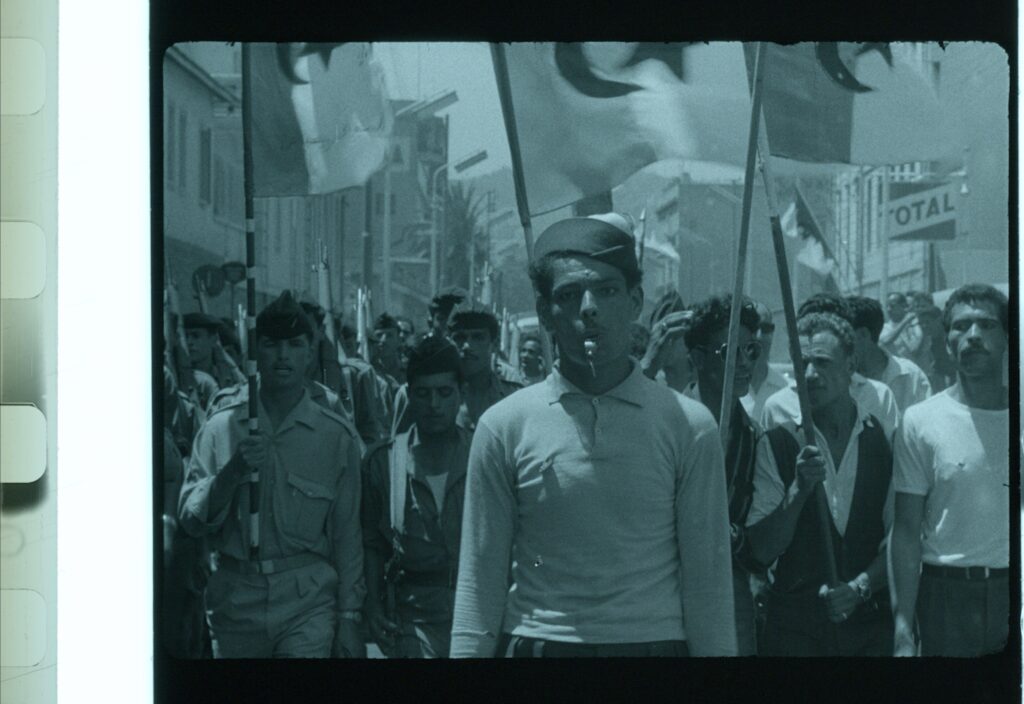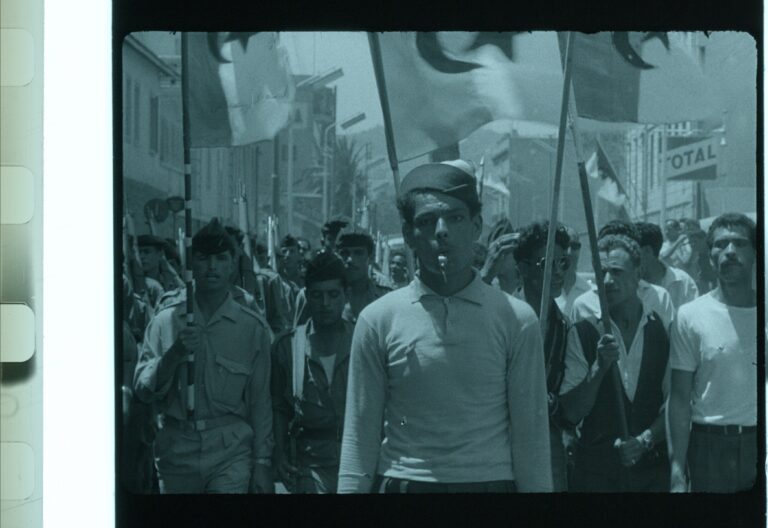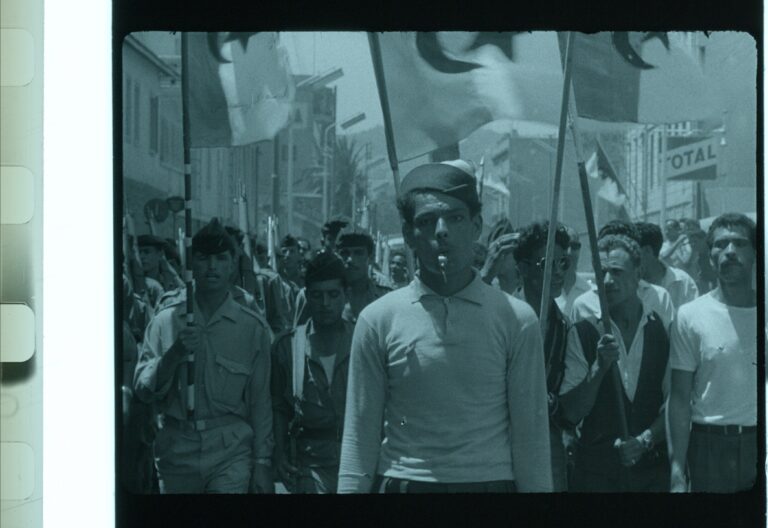Below are some questions posed to director Mila Turajlić about her competition film Non-Aligned: Scenes from the Labudović Reels.
What kind of work have you done on archive materials for your film?
Non-aligned is a film that is made out of a filmed archive that I found in the former Yugoslav newsreels which was an institution that used to document the political and social life of socialist Yugoslavia. I ended up meeting the last living cameraman of these newsreels who was 87 and who had been the cameraman for the Yugoslav president Tito for more than 30 years. I started working with him on recontextualizing and thinking through the archives that he had filmed of a very particular political moment in the 1950s and 1960s, when the countries in Africa and Asia were decolonizing and the Non-aligned movement was born. We were working with archival materials that had not been shown publicly or edited before, material that he filmed in newly independent countries and for liberation movements in Africa. One particular thing we did with the archival materials was we found 26 reels of unused outtakes from the first summit which took place in my hometown, Belgrade, in 1961 and then we found audio recordings of the summit in the archives of radio Belgrade. There is a scene in the film that shows the way that we were trying to synchronize the image with the sound.
Can you tell us what archival images and recordings mean to you in the context of your research on such an important topic both for you personally and for the larger History?
The movement is for the most part a forgotten political moment in the history of the birth of the third world and it is a topic that I’ve wanted to explore for a very long time because growing up in socialistic Yugoslavia I was brought up to believe that this had been an important movement of international solidarity and it is something that I wanted to revisit personally: for me this gesture of transnational collaboration has really marked my view of the world. It’s true that even 30 years now since it disappeared I feel that when I travel and I say to people that I’m from Yugoslavia, in countries such as India or Egypt or Algeria, I feel immediately welcomed, and there is this feeling of a common political language and this was really the reason that I wanted to explore the archives as a movement because I was trying to revisit that moment and understand what it was all about.
Would you suggest to young people and to a new audience a few titles of found footage and/or experimental films that have been pivotal for your education and training?
The titles I could suggest are not publicly available unfortunately. For me one of the most transformational encounters I’ve had with the found footage or experimental film was an art installation by Elizabeth Price called the Woolworths choir which won the Turner Prize I think maybe five years ago and I remember when I saw it in London at the Tate just for this physical encounter with the archive projected in this space but also just the rhythmic and intense way that she transforms this archival material into a kind of coral peace was so striking to me that it really took my reflections on archival news very far. There’s also a wonderful film by Bill Morrison the tracks the destiny of the silent era films that ended their life in Dawson city in Canada which is absolutely captivating, it’s formally very simple in some ways but it tells such a rich and complex story of the history of cinema.


